Henry Cotter Nixon: Complete Orchestral Music, Volume One
The English composer-conductor Henry Cotter Nixon (1842–1907) has entirely disappeared from music history. But this new series – presenting all his surviving orchestral music in its first-ever recordings – reveals Nixon to have been one of the most accomplished English composers of his generation, with a style that takes in elements of Mendelssohn, Schumann, Verdi and Brahms. Nixon labelled his five-movement Palamon and Arcite a symphonic poem (it is one of the first by a British composer), but it has much in common with the programmatic symphonies of contemporary composers such as Goldmark and Raff.
Ana Török, violin (Track 2)
Kodály Philharmonic Orchestra
Paul Mann
Listen To This Recording:
-
Concert Overture No. 3, Jacta est Alea (after 1880)
- Andante — Allegro
- Andante
- I The Battle: Allegro moderato
- II Emilie: Allegretto
- III The Dream: Andante
- IV Encounter and Combat: Allegro moderato
- V The Tournament: Allegro
Romance for Violin and Orchestra (c. 1889; reconstructed 2016 by Paul Mann)
Palamon and Arcite: Symphonic Poem (1882)
First Recordings
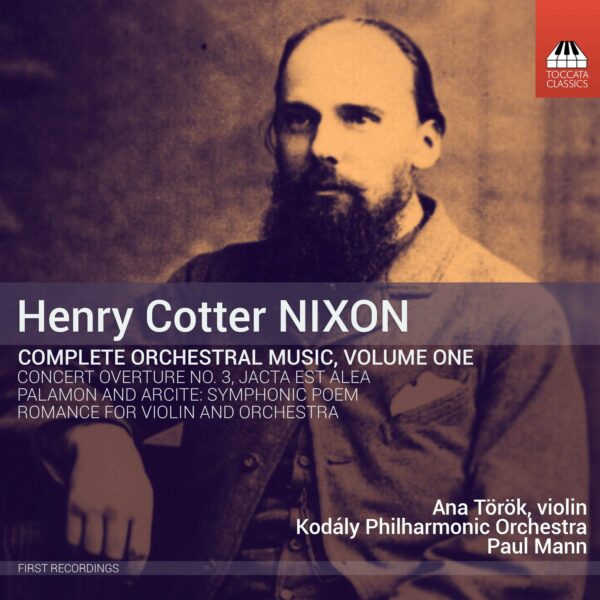
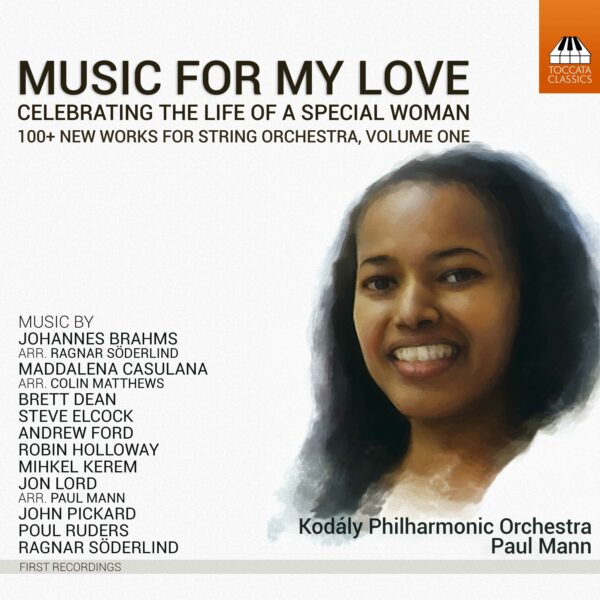
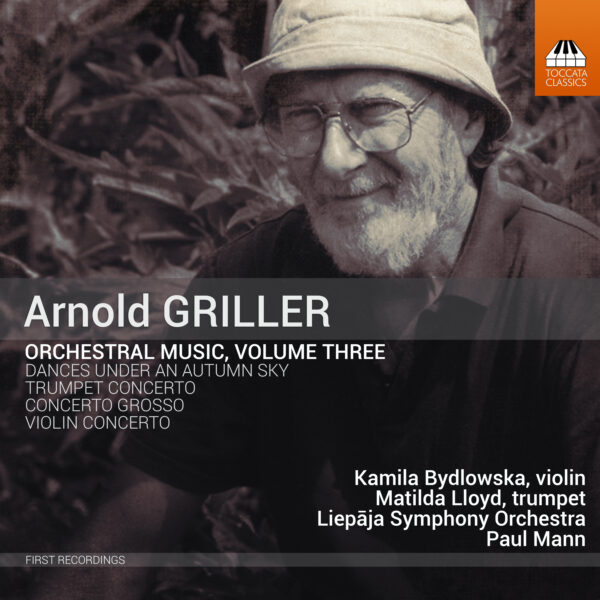
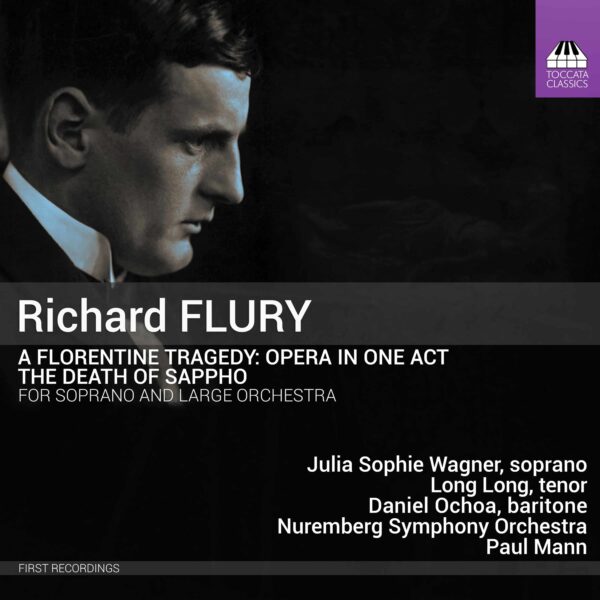
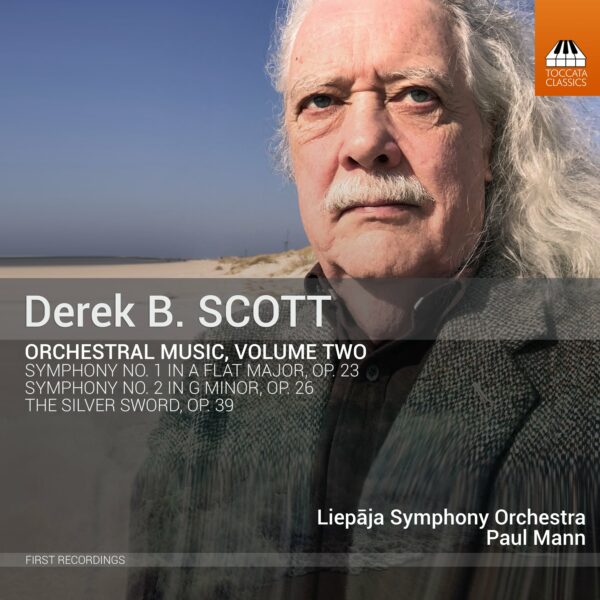
Finding Beauty in Ephemera :
‘Nixon had a finely developed sense of the dramatic. […]
Solo violinist Ana Török brought out all the emotion written into the music [of 1889 Romance for Violin and Orchestra] without letting it veer too far into late Victorian sentimentality — a performance I truly admire. […]
Palamon and Arcite is a substantial work that stands up under repeated listening, especially with the strong, committed performance Paul Mann and the Kodály Philharmonic Orchestra deliver. Palamon and Arcite is more than just a historical curiosity. This is music that can — and should — be enjoyed on its own terms.”
—Ralph Graves, Finding Beauty in Ephemera
Fanfare Magazine :
‘Terrific playing by the Kodály Philharmonic Orchestra led by Paul Mann, and by violinist Ana Török in the Romance, pus Toccata’s fantastic recording, make this release a must-have for all fanciers of big-hearted Romantic scores. Two more volumes of Nixon’s orchestral works are promised. I can’t wait.’
—Jerry Dubins, Fanfare Magazine
MusicWeb International :
‘The Kodaly Philharmonic handles this unfamiliar music adeptly and with a notably expressive warmth of tone and readiness for drama. Their tone is ample not thin. Nothing is short-changed by these musicians who pour into Nixon’s music the profound depth of feeling it appears to invite. […]
Highly adept music that will please greatly rather than simply satisfy curiosity.’
—Rob Barnett, MusciWeb International
MusicWeb International :
‘It’s hard to imagine that the music could receive better advocacy than Paul Mann and the Kodály Philharmonic Orchestra offer. The playing is never less than committed and assured and Mann, who also acted as producer of the disc, has clearly prepared the performances scrupulously and out of conviction. The recording engineer, Zoltán Osváth has done a fine job, presenting the performances in excellent, realistic sound. As I’ve already indicated, the documentation is first-rate; the notes are an excellent example of how unfamiliar music by an unknown composer should be presented.
The other two volumes in this Nixon series are already ‘in the can’ and I look forward keenly to hearing them.’
—John Quinn, MusicWeb International
Ralph Graves Blog :
‘Count on Toccata Classics to bring another obscure composer to light. And count on that composer’s music being worthy of our attention. […]
Solo violinist Ana Török brought out all the emotion written into the music [of Romance for Violin and Orchestra] without letting it veer too far into late Victorian sentimentality — a performance I truly admire. […]
I think [ Palamon and Arcite] deserves more. Palamon and Arcite is a substantial work that stands up under repeated listening, especially with the strong, committed performance Paul Mann and the Kodály Philharmonic Orchestra deliver.
Palamon and Arcite is more than just a historical curiosity. This is music that can — and should — be enjoyed on its own terms.’
—Ralph Graves, Ralph Graves Blog